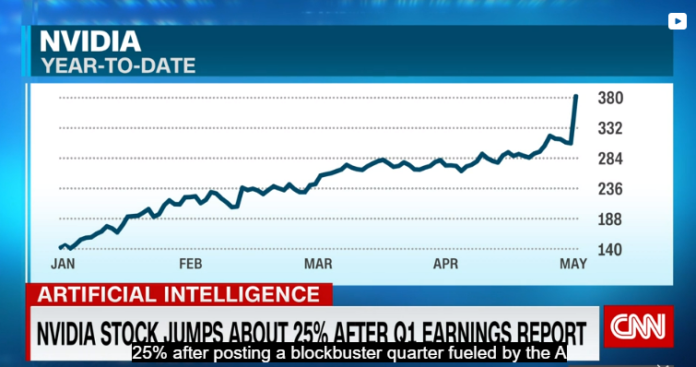In the fast-evolving world of artificial intelligence (AI), one major obstacle is impeding the full realization of its potential – the shortage of powerful chips. As the demand for AI applications skyrockets across various industries, the existing hardware infrastructure struggles to keep up. In this article, we delve deep into the challenges posed by the scarcity of powerful chips and propose innovative solutions to address this critical bottleneck.
The Rising AI Revolution
The AI revolution is reshaping industries, from healthcare and finance to manufacturing and transportation. Advanced AI algorithms are capable of complex data analysis, machine learning, natural language processing, and computer vision. As businesses strive to leverage AI for competitive advantage, the demand for faster and more efficient AI processors has surged.
The Big Bottleneck: Scarcity of Powerful Chips
AI processing requires immense computational power, especially for deep learning tasks. Traditional central processing units (CPUs) and graphics processing units (GPUs) are insufficient to meet the demands of AI applications. Consequently, there is a pressing need for dedicated AI chips that can accelerate AI workloads, leading to more efficient and cost-effective solutions.
The Impact on AI Advancements
The shortage of powerful chips is slowing down AI advancements on multiple fronts:
1. Performance Limitations
Existing chips lack the specialized architecture required for AI tasks, resulting in suboptimal performance and slower processing times. This hampers the development of cutting-edge AI applications and impedes breakthroughs in AI research.
2. Cost Concerns
AI workloads executed on general-purpose chips consume excessive power, driving up operational costs for businesses. Dedicated AI chips are not only more powerful but also more energy-efficient, reducing the overall cost of AI implementation.
3. Innovation Hurdles
Startups and smaller companies face significant barriers to entry in the AI market due to the high costs associated with developing custom chips. The scarcity of accessible and affordable AI hardware stifles innovation and limits the diversity of AI applications.
Solutions to Overcome the Chip Shortage
To tackle the chip shortage challenge and unlock the full potential of AI, we propose the following strategies:
1. Increased Investment in R&D
Investing in research and development (R&D) is crucial to accelerate the design and production of AI-specific chips. Collaborations between technology giants, research institutions, and startups can foster innovation, leading to the creation of high-performance AI chips.
2. Embracing Specialized Hardware
Tech companies and enterprises must embrace specialized hardware tailored for AI tasks. Field-Programmable Gate Arrays (FPGAs) and Application-Specific Integrated Circuits (ASICs) offer customizable solutions that cater to specific AI workloads, boosting efficiency and speed.
3. Leveraging Cloud-Based AI Services
Cloud service providers offer access to powerful AI chips on a pay-as-you-go basis. Embracing cloud-based AI services reduces the barrier to entry for businesses, enabling them to utilize cutting-edge hardware without significant upfront costs.
4. Government Support and Incentives
Governments can play a vital role in addressing the chip shortage by providing support and incentives to AI chip manufacturers. Financial grants, tax benefits, and R&D subsidies can encourage companies to invest in the development and production of powerful AI chips.
Conclusion
As AI continues to revolutionize industries worldwide, the scarcity of powerful chips presents a significant bottleneck. By focusing on increased R&D investment, embracing specialized hardware, leveraging cloud-based AI services, and receiving government support, we can overcome this challenge.


